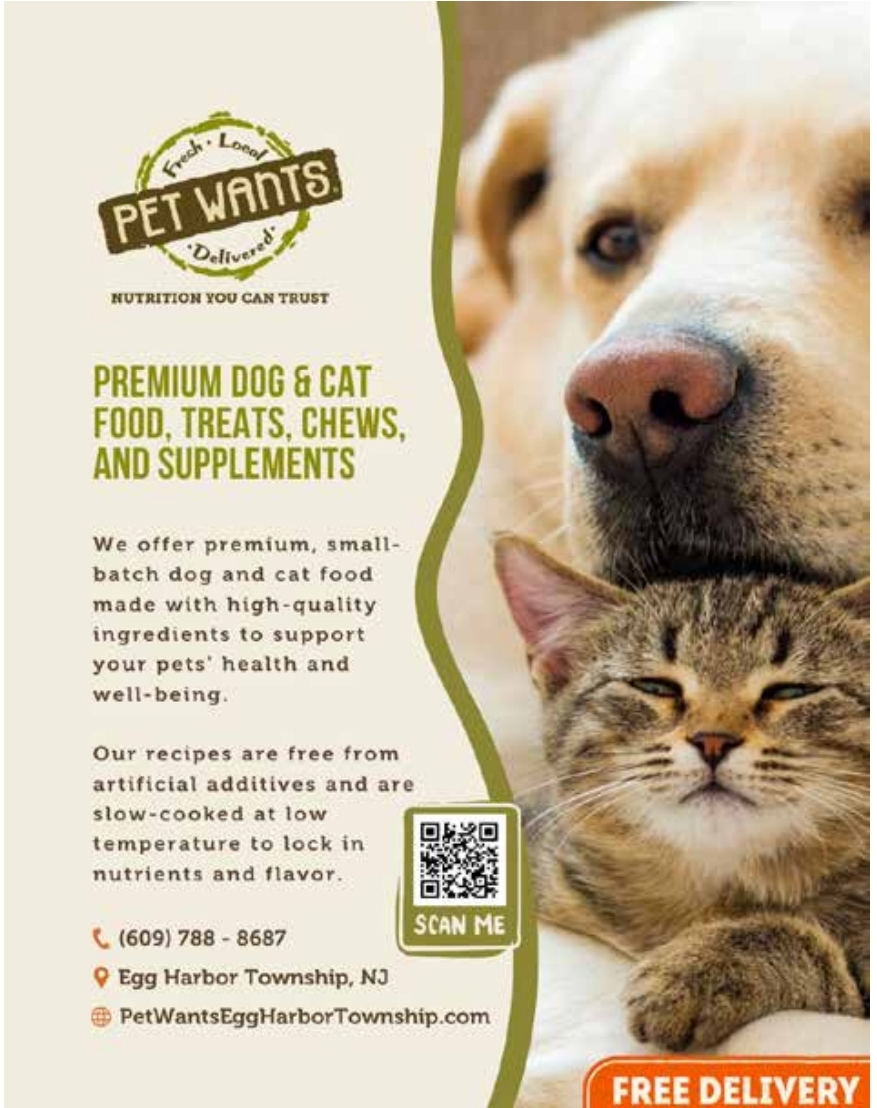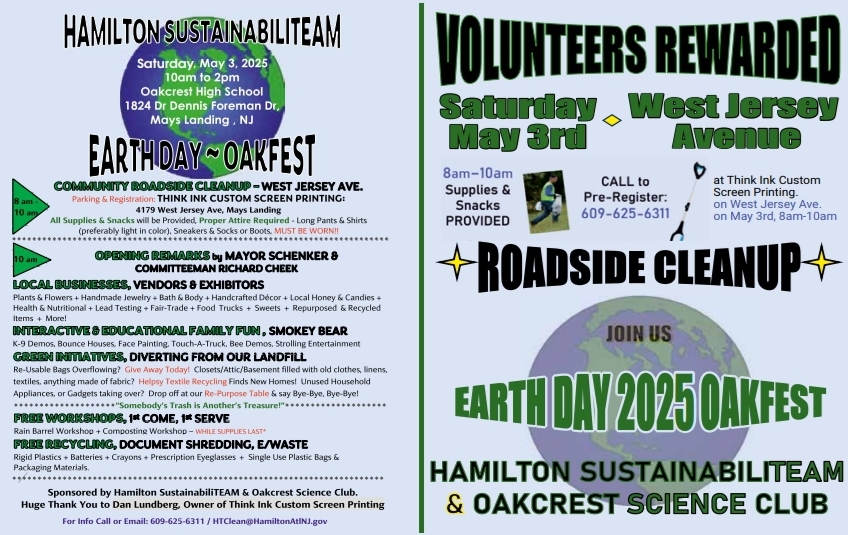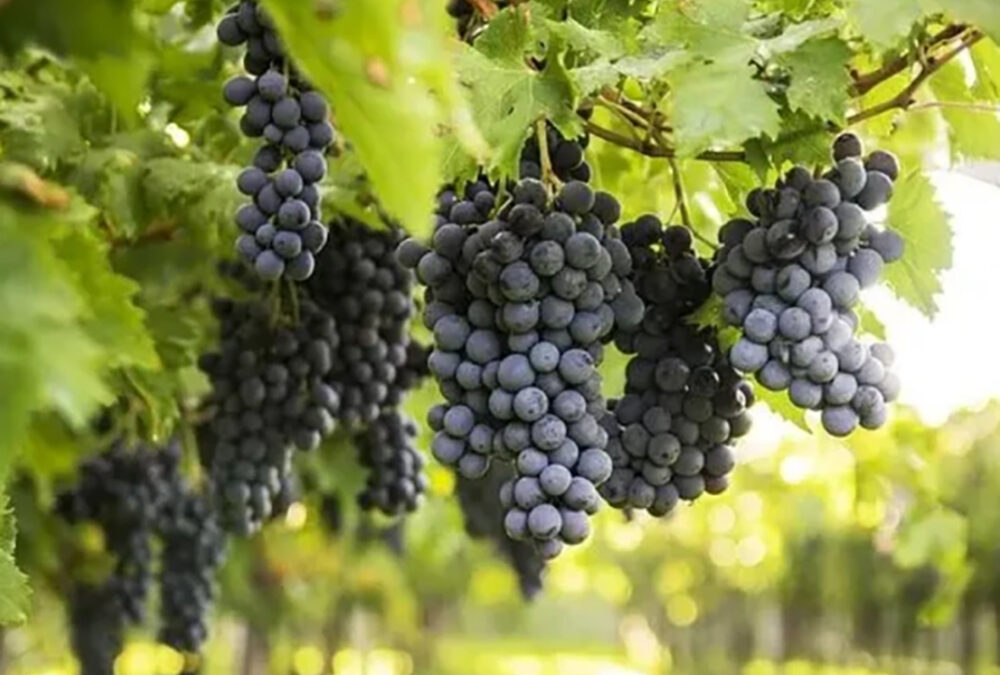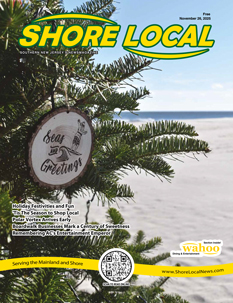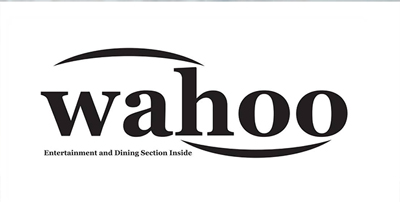Drink Up!
By David Setley
Tuscany, located in the central region of Italy, has been referred to as the heart of the country. Florence, the capital of Tuscany, is home to many priceless treasures from the Renaissance, including Michelangelo’s “David”, the beautiful Duomo Basilica, and works from Botticelli that are now housed in the Uffizi Gallery. Beyond the artwork, Tuscany provides a breathtaking landscape, mouthwatering cuisine, and wine that is arguably the most famous wine from all of Italy. Chianti Classico, Vino Nobile di Montepulciano, Brunello di Montalcino, Tuscana, or Super Tuscan wines all find their roots in Tuscany and stem from just one grape: Sangiovese.
According to legend, Sangue di Giove, translated to “the blood of Jupiter,” was the original name for the Sangiovese grape. It is the most cultivated grape in Italy – in fact, 98% of Sangiovese comes from Italy, with the overwhelming majority of it grown in Tuscany. Interestingly, the soil there is awful. I’m talking sandy, rocky soil composed of clay and limestone that is terrible for many crops but somehow excellent for the Sangiovese grape. Winemakers often say that vines that struggle the most produce the best wine; that must be the case for Sangiovese! The Mediterranean climate there features warm days and cool nights, and yields light rain in early spring and late fall but little to none in summer. Yet, the gentle hillsides of Tuscany create a perfect terrain, and the sunny summer days allow for a relatively long growing season. Add to that over 3,000 years of winemaking tradition, and you can see how Sangiovese has become the soul of the wines from this region.
Many fans of Italian wines are familiar with the Chianti and Chianti Classico varietals, but may not have known that the primary grape within them is Sangiovese. In fact, Chianti and Chianti Classico are subregions of Tuscany, or DOCs (denominazione di origine controllata). For a wine from this region to have the name “Chianti” on the label, the grapes used must be grown in the DOC and must be 70% Sangiovese grapes. To be a higher-valued Chianti Classico wine, the grapes must be grown in that much smaller DOC and must be made from at least 80% Sangiovese. Additionally, the growing, harvesting, winemaking, and aging traditions of these regions must be certified.
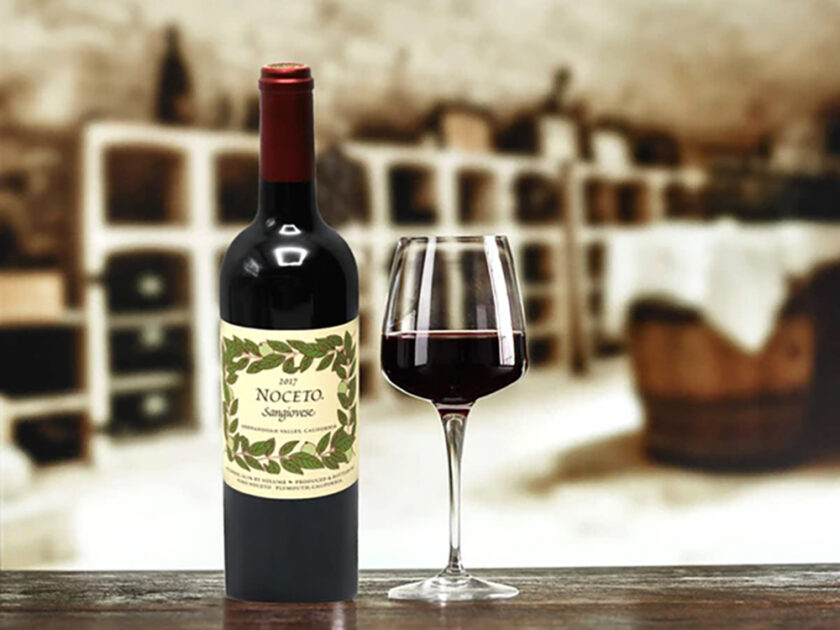
A wonderful example of a Chianti is the Renzo Masi-Chianti Rufina Riserva. This medium-bodied red wine features notes of tobacco, cherry, cedar, spice and almonds that are classically found in great wines from the region. For an excellent, yet reasonably priced Chianti Classico, reach for the Castello di Volpaia-Chianti Classico. The elevation of the Volpaia Vineyards is slightly higher than many of the others in the DOC, resulting in a higher acidity level. That acidity manifests as a freshness in the wine that, along with the classic flavors of red fruit, tobacco, spice, and balsamic notes, gives this wine a notable boldness for a medium-bodied wine and an intense ruby red color. Chianti Classico Riserva wines require a longer aging period. To earn this designation, the wines must be aged a minimum of 24 months, which enhances the savory and earthy notes in the wine. The Poggio Torselli Chianti Classico Riserva or the Ruffino Riserva Ducale are great examples of a Riserva that won’t break the bank.
Tuscana, or Super Tuscan, wines also utilize the Sangiovese grape. These wines do not require a specific percentage of Sangiovese, so the concentrations vary tremendously. For a 100% Sangiovese wine, try the LaGerla Sangiovese. This wine is produced in the region of Montalcino, where Brunello di Montalcino is produced. More on that in a moment. This is an outstanding Sangiovese. Or, for an organic Tuscana wine that is predominantly Sangiovese with some Cabernet Sauvignon added, try the Castello di Volpaia-Citto. Tuscana wines may be less regulated than Chiantis and Chianti Classicos, but they are very reasonably priced, typically a little fruitier in flavor, and are still outstanding wines to complement an Italian meal.
Now let’s talk Montepulcianos. There is the Vino Nobile di Montepulciano and its Tuscan cousin, the Montepulciano di Abruzzo. The Vino Nobile is made from Sangiovese, while the Montepulciano di Abruzzo is made from the thicker-skinned Montepulciano grape. Similar to Chianti DOC wines, the Vino Nobile must have a minimum of 70% Sangiovese. However, this DOC requires a minimum of two years of aging, with at least one of those years in oak barrels, prior to sale. For an excellent example, try the Villa Sant’Anna-Vino Nobile di Montepulciano. This vibrant wine has bright acidity and gentle tannins with aromas of ripe red fruit and spice, as well as flavors of dark ripe berries, notes of plum, and hints of earthiness from the extended aging.
Perhaps the most valued wines of Tuscany are Brunello di Montalcino wines. This DOC requires that the wine be made with 100% Sangiovese grapes grown within this subregion. Many consider this to be Sangiovese at its finest. In addition to the concentration of Sangiovese, the wine must be aged for at least five years (or six, for Riserva), with a minimum of two years in oak barrels to be certified as a Brunello di Montalcino DOC wine. Many of these wines lean toward pricey, but the LaGerla Brunello di Montalcino is quite reasonably priced and worth a try. It embodies the classic characteristics that make these wines so regarded: intense and elegant aromas with floral and mushroom notes, pleasantly tannic mouthfeels, and a lingering palate of dried flowers and wild berry fruit.
I hope you enjoyed this Tuscan adventure and this introduction to the many wines of Sangiovese. As always, contact me at dsetley@passionvines.com or stop by the Somers Point store if you have any questions or comments. Until next time, happy wining!
David Setley is enjoying his retirement from higher education as a wine educator and certified sommelier at Passion Vines in Somers Point, New Jersey.
